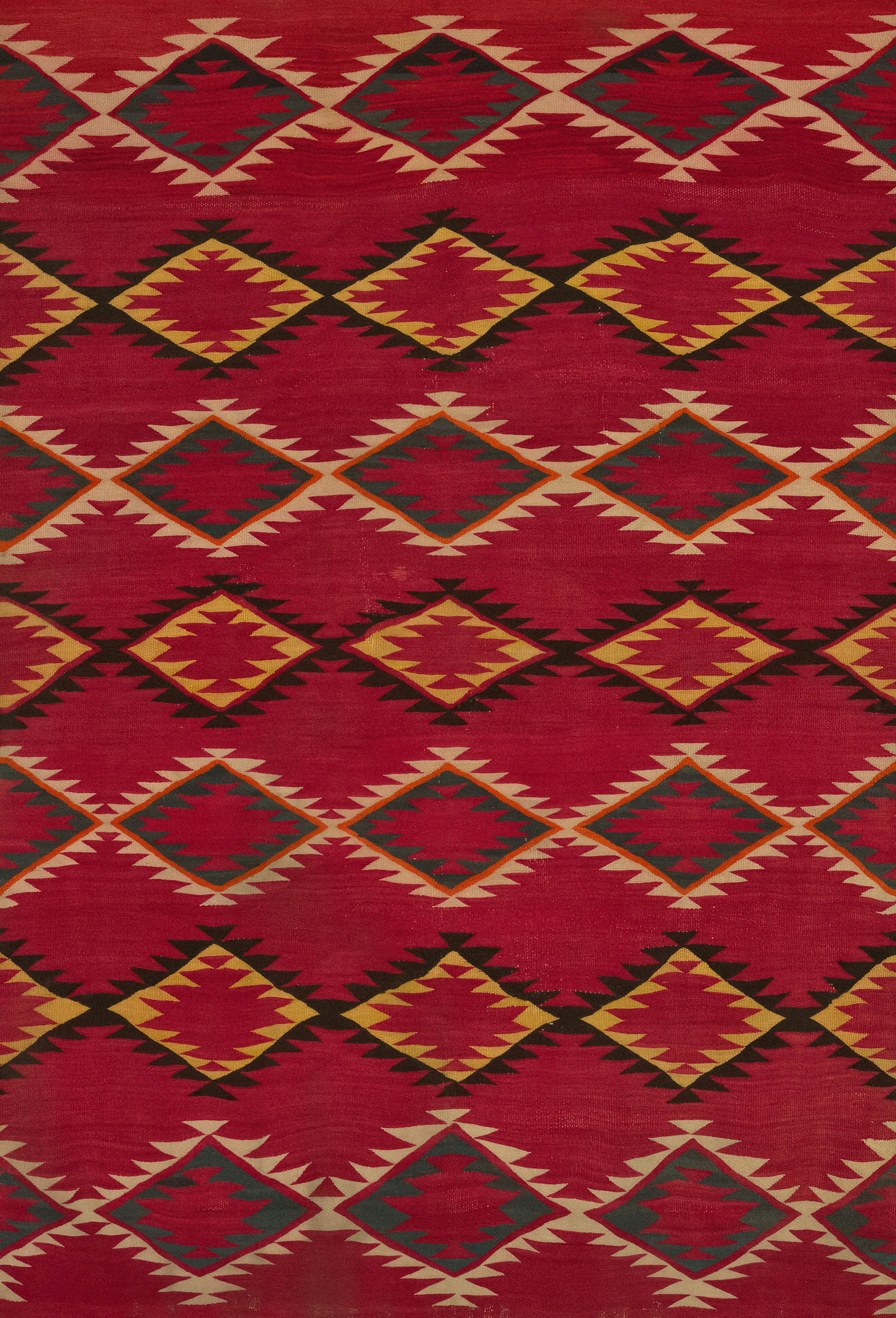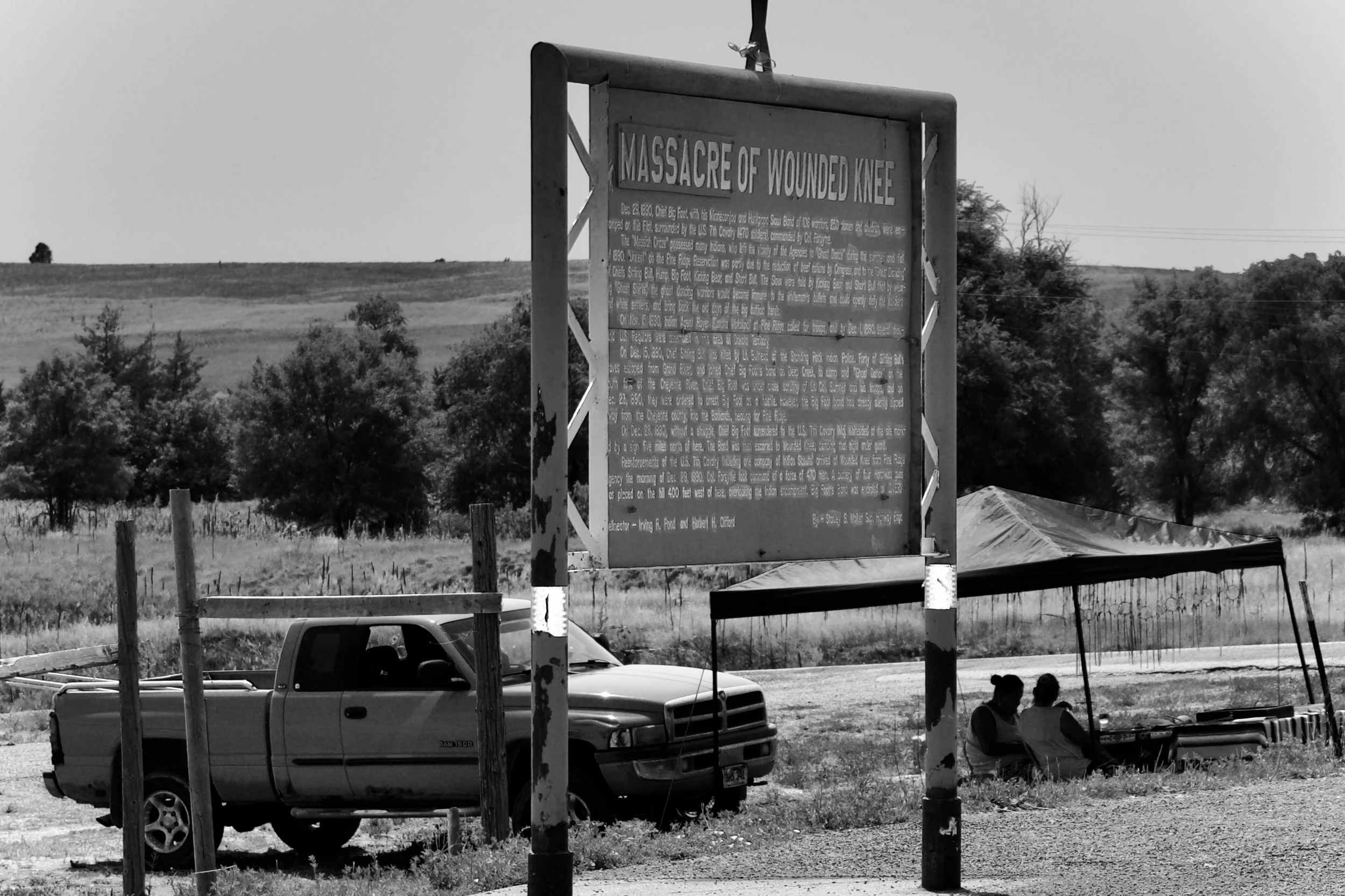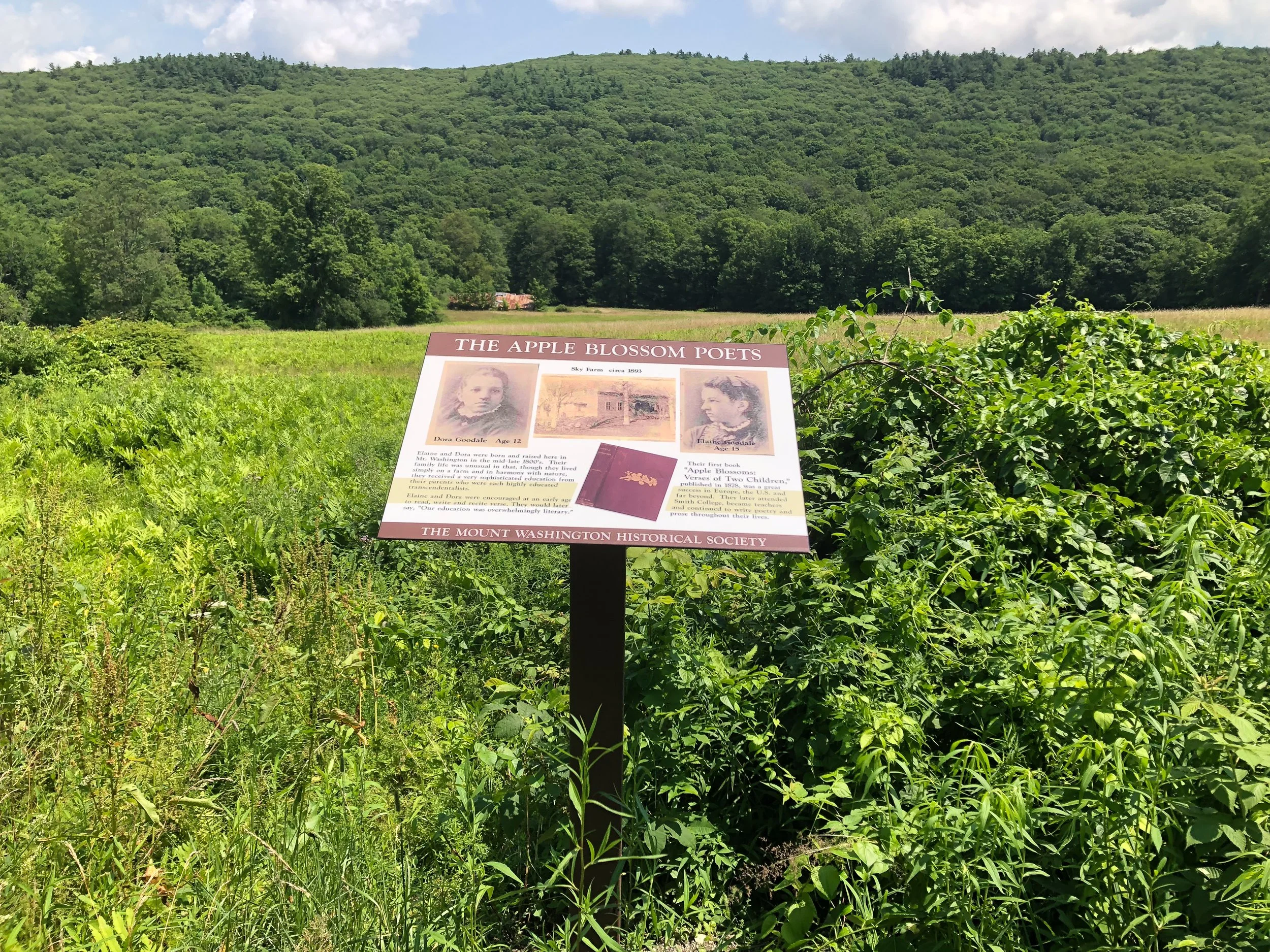(NYU Press, 2025)
Love and Loss After Wounded Knee: A Biography of an Extraordinary Interracial Marriage
The Story
Newly fallen snow hid some of the macabre evidence, but signs of the previous day’s tragedy disfigured the prairies, crimson blood leaching onto the winterscape. Dr. Charles Alexander Eastman, or Ohiyé Sá, who attended the victims wrote, “Fully three miles from the scene of the massacre we found the body of a woman…and from this point on we found them scattered along as they had been relentlessly hunted down and slaughtered while fleeing for their lives.” Elaine Goodale, an educator and journalist, who served as a nurse in the makeshift hospital hurriedly set up in a church, authored an account in The Independent: “We can shut our eyes to-day and see the pitiful sights of that evening – the mangled limbs, the blood-matted, horrible garments, the faces marked with mental anguish...”
The massacre of more than 250 Sioux men, women and children in the late days of December 1890 near Wounded Knee Creek at Pine Ridge Agency, South Dakota, marked a significant moment in the escalation of tensions between an American government bent on claiming Indigenous lands and Native groups struggling to retain them. It denoted an inflection point in the U.S. government’s assimilationist efforts to curtail traditional Indian customs, and Indian efforts to preserve their ways in a world that was rapidly forcing change.
Elaine Goodale and Charles Alexander Eastman before their marriage. (Newberry Library, Chicago)
The tragedy also marked a transformation in the relationship between Charles and Elaine. Days before the massacre the two announced their engagement; days after it, their efforts to document and disseminate news of what they experienced cemented an unlikely partnership. This life-altering decision, made against the dramatic backdrop of Wounded Knee, and their subsequent desperate work to aid the victims, foreshadowed a tumultuous relationship. Theirs is a story of two fascinating individuals, bonded together by the same powerful cultural collision that would eventually tear them apart, swept up and propelled in their lives and their work by momentous historical events in U.S. – Indian relations. It is a story of deep love and deeper sorrow. They experienced what no parent should have to endure with the tragic deaths of two of their children. The normal tensions in any marriage were exacerbated in theirs by conflicts that went far beyond them. Their personal lives were acutely affected by the passing of broader national lifeways, as Native cultures were challenged and suppressed, and as the world of the nineteenth century yielded to the twentieth.
A present-day sign marks the site of the Wounded Knee Massacre. You can see alterations to the sign, as well as evidence that it’s been shot at. Photo: Larry Vale

The Book
Love and Loss After Wounded Knee traces Elaine and Charles’ lives from her humble beginnings on a farm in a remote corner of the Berkshires in Massachusetts and his, chased from his home in a Sioux encampment in Minnesota to the woods of Manitoba after the US Army attacked the Sioux in 1862, to their very unlikely meeting at Pine Ridge Agency in 1890 just ahead of the tragedy at Wounded Knee Creek. They would go on to marry. Their improbable interracial union would ultimately yield nineteen books; hundreds of articles, lectures, stories, novels and poems; numerous posts in government agencies and civic organizations working on behalf of Native American rights; and six children. Charles would become one of the best known and most photographed Indians of his era; Elaine’s name remained well-known during her lifetime from her plentiful publications and advocacy on behalf of Native American education. Despite these metrics of success, their marriage foundered. Eventually, it dissolved. Over three decades together and the remainder of their lives, apart, the Eastmans navigated the complex boundaries of their individual and collective identities, crossing into and out of Indian Country geographically, personally and professionally.
Drawing from extensive primary research done with archives in fifteen states and Washington D.C., two Canadian provinces, the BBC and newspaper archives in England and Wales, and one Native American college library on the Pine Ridge Reservation; the work of many Indigenous scholars as well as a host of other historical and literary secondary sources, Love and Loss After Wounded Knee interprets the Eastmans’ lives through many lenses. At a time of profoundly unsettling controversies around race in this country today, the story of Elaine Goodale and Charles Eastman gives us a personal, romantic lens into why it’s so difficult for people who come from different background to truly understand each other. But their story also suggests why we should try.
Here are some articles I’ve published about Elaine and Charles Eastman:
Charles Eastman: The Amherst Years
https://www.amherst.edu/news/magazine/issues/2025-winter/charles-eastman-the-amherst-years
“Poetry Wedded to Science.” On the Love and Legacy of Elaine Goodale and Charles Eastman
“Good Night, Irene": The 1918 Influenza Pandemic and Irene Taluta Eastman
Not much remains of Sky Farm in the tiny town of Mount Washington, MA, where Elaine Goodale grew up. A sign along the road identifies Elaine and her sister, childhood poets, with the ruins of the barn they wrote about in the background.



